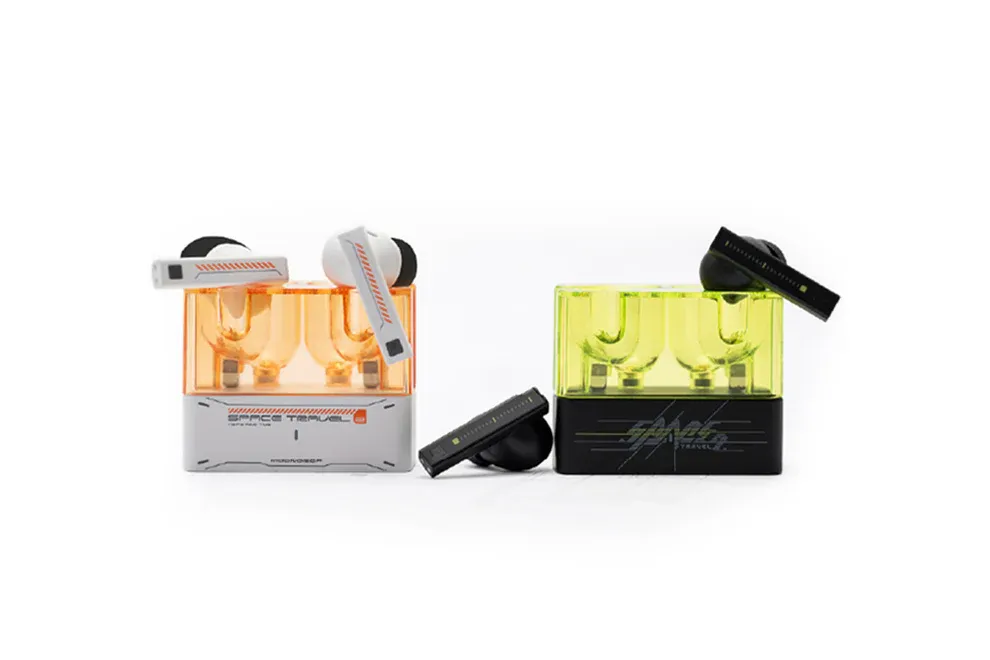Headphones — Moondrop ALICE
Description, images, technical data and specifications
Moondrop ALICE
Image source — © Moondrop
The headphones use Qualcomm's latest Bluetooth QC5151 chip, which supports the aptX Adaptive codec. The operating time from a single charge is 8 hours, and when using the case, the user can go without power for 40 hours. An ANC noise reduction system is also available.
Specifications
Model name
ALICE
Transducer principle
Dynamic or Isodynamic
Scheme
Closed
Wearing style
TWS
Frequency response low +/- 10dB (Hz)
N/A
Frequency response high +/- 10dB (Hz)
N/A
Max. sound pressure level (dBSPL (1 kHz @ 5% THD))
N/A
Connection type
Wireless
Connector (mm)
Bluetooth 5.2
Sensitivity (dBSPL (1 kHz/ 1 mW)))
N/A
Impedance (Ohm (1 kHz))
32
Playback time (hours)
About 8 + 40
Weight (g)
N/A
Official link
More components

Headphones
Moondrop LAN 2

Headphones
Moondrop Marigold

Headphones
Moondrop Para 2

Headphones
Moondrop Horizon

Headphones
Moondrop Space Travel 2


